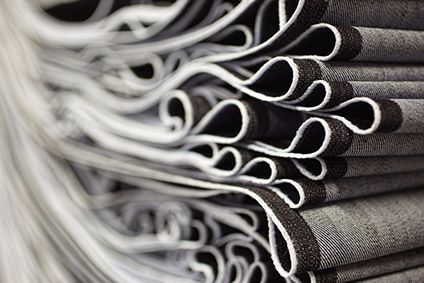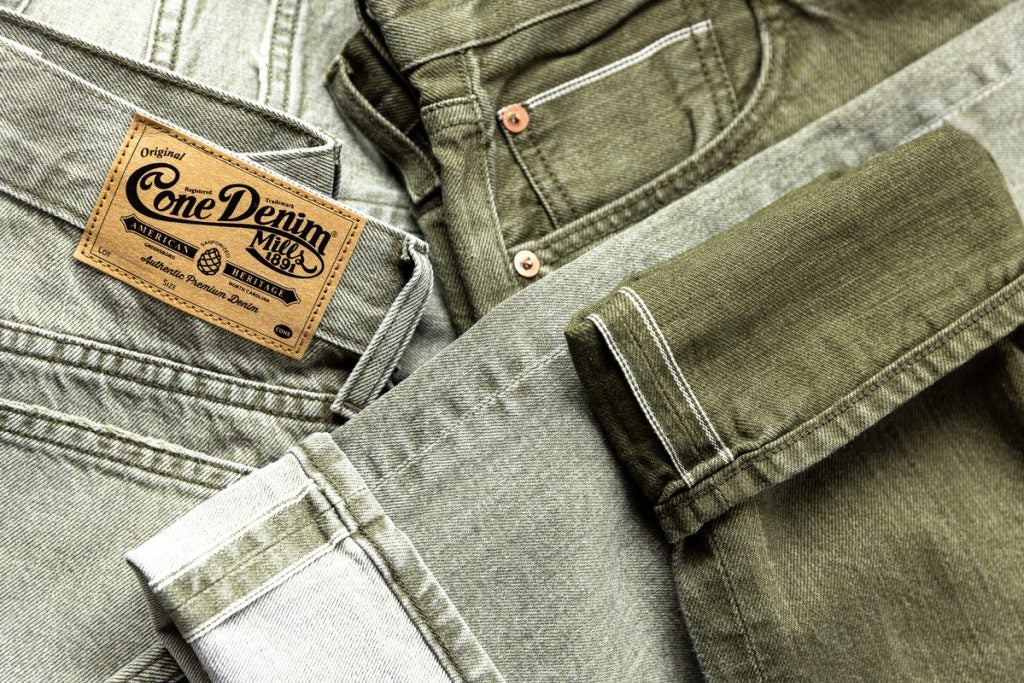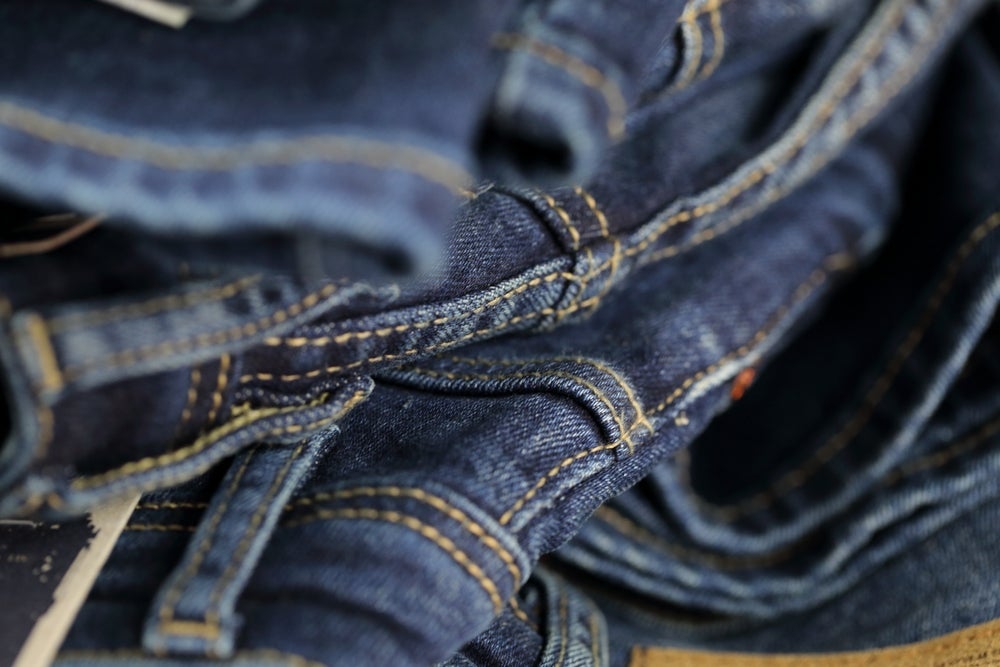
What are the key sources in the world supply of denim fabrics? In particular, which countries play a major role in the trade of this essential material? And do global trade flows offer an insight into possible future trends? Robert Antoshak, managing director at Olah Inc, takes a look at the data.
This analysis focuses on the global trade of denim fabric. Indeed, when considered in the context of the trade of yarn and finished jeans – the raw material and end product of denim fabric – denim fabric statistics get lost in all of the data crunching. For sure, many sourcing executives look first to track the trade of jeans. And rightfully so: the jeans trade is an essential element of the garment business. But by analysing the denim fabric trade separately, it’s possible to discern where global capacity exists – and where it exists as a competitive product.
These days, denim is a lot more than simply a 100% cotton fabric. Stretch, bi- and tri-blends have helped to alter the denim business in significant ways, as performance has become ever more important to consumers of jeans and other garment made with denim. Fortunately, the Harmonized Tariff Classification system tracks two product codes at the six-digit level of detail that capture the global trade of denim fabrics.
The first code tracks denim made of 100% cotton or predominantly cotton blended with man-made fibres (including stretch) where cotton makes up more than 85% of the fabric by weight (HS# 520942), while the second code (HS# 521142) measures denim fabric containing less than 85% cotton by weight blended with synthetic/artificial fibres (many tri-blended fabrics are recorded here).
Let’s begin with identifying the top ten exporters and importers of denim fabric in the world based upon the sum of two aforementioned HS commodity codes. For many countries, the last full year of trade statistics available are through 2016, which is not a problem as the broader trends in the trade are still quite evident.
How well do you really know your competitors?
Access the most comprehensive Company Profiles on the market, powered by GlobalData. Save hours of research. Gain competitive edge.

Thank you!
Your download email will arrive shortly
Not ready to buy yet? Download a free sample
We are confident about the unique quality of our Company Profiles. However, we want you to make the most beneficial decision for your business, so we offer a free sample that you can download by submitting the below form
By GlobalDataSee Also:
One last point before we look at the statistics: seldom does it happen that exports equal imports in a given year. Inventories, shipping delivery times, and vagaries of supply chain distribution all conspire to seemingly skew import and export data series. Additionally, the quality of import statistics tends to be better than that of export statistics as governments collect tariffs of imports; seldom do countries impose tariffs of exports. So, please keep these issues in mind when comparing import and export statistics.
Export summary
In terms of exports, not surprisingly, China is the world’s largest exporter of denim fabric; in fact, when the pass-through trade out of Hong Kong is included with the mainland China data, China accounted for the largest portion of global exports. But what is surprising is that China’s share of the global export business (combined with Hong Kong) has fallen from nearly 60% of global exports to about 50% in 2016, with the balance of global trade picked up by Pakistan, Turkey, Egypt and Brazil.
What is also surprising is that the global trade of denim fabric bounced around as much as it has since 2012. From 2012-2015, when measured by weight, denim exports took a real tumble, only to recover in 2016. However, the total value of denim fabric exports to the world has declined steadily from 2013-2016, falling from about $5 billion in 2013 to just over $4.5 billion in 2016.
Import summary
Now let’s turn to import situation for denim fabric. Global imports of denim fabric have declined in recent years, which makes sense when one considers the amount of full package jeans production these days, and the fact that more fabric is produced closer to finished product regions than was the case in earlier years.
As was the case with global exports, aggregate global import demand for denim fabrics has also fallen in recent years both in terms of value and weight. When reviewing the top ten importers of denim fabric in the world, it is surprising that China imports some denim, although it’s not surprising that Hong Kong imports denim fabric, most of which comes from mainland China for re-export.
In terms of other top importers, Turkey and Mexico are at the top of the list, followed by Cambodia, Egypt and Italy.
Concluding commentary
So, we have seen that China, although still the dominant global exporter of denim, has become less of a force in the global market. Pakistan, Turkey, India and Egypt have expanded their exports of denim fabric to the world.
In terms of major importers, it seems Turkey, Cambodia, and Mexico are growing markets for imported denim fabric, which is not surprising as these countries, in turn, export large quantities of jeans to the world.
The denim business is cyclical. After reviewing the trade statistics, it is clear that from 2012-2016, trade of denim fabrics weakened – indicating that the jeans business was weaker in some parts of the world leading into 2017. Moreover, cotton consumption in recent years has waned in part due to the weakening of the denim business. In fact, improved denim sales may result in greater consumption of cotton globally. As has been widely reported, cotton consumption rose in 2017, which may be a leader indicator of future demand for denim.








